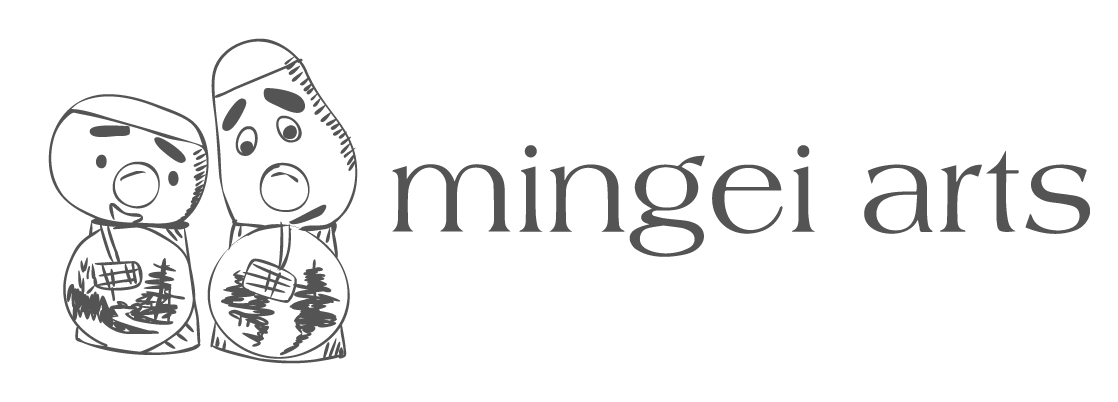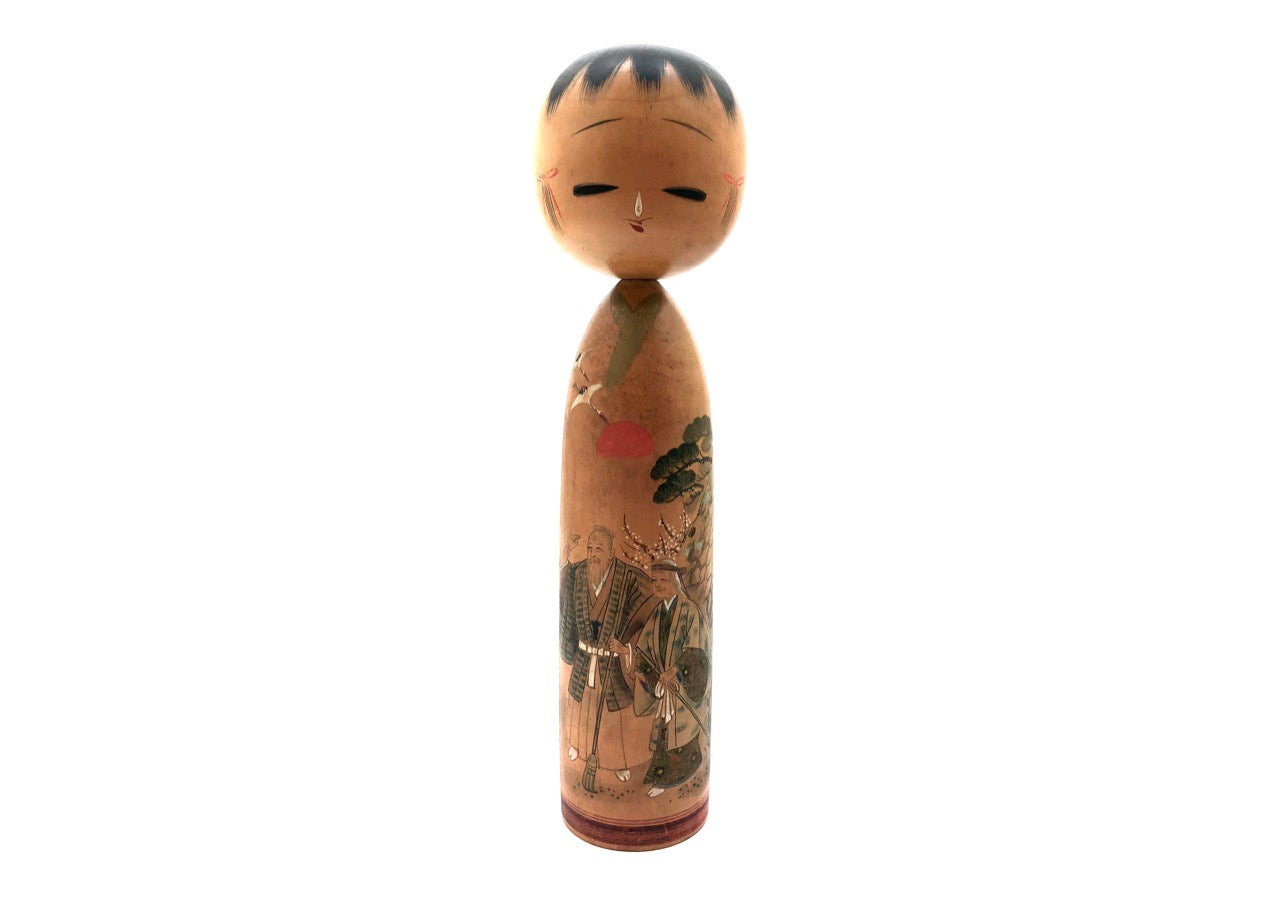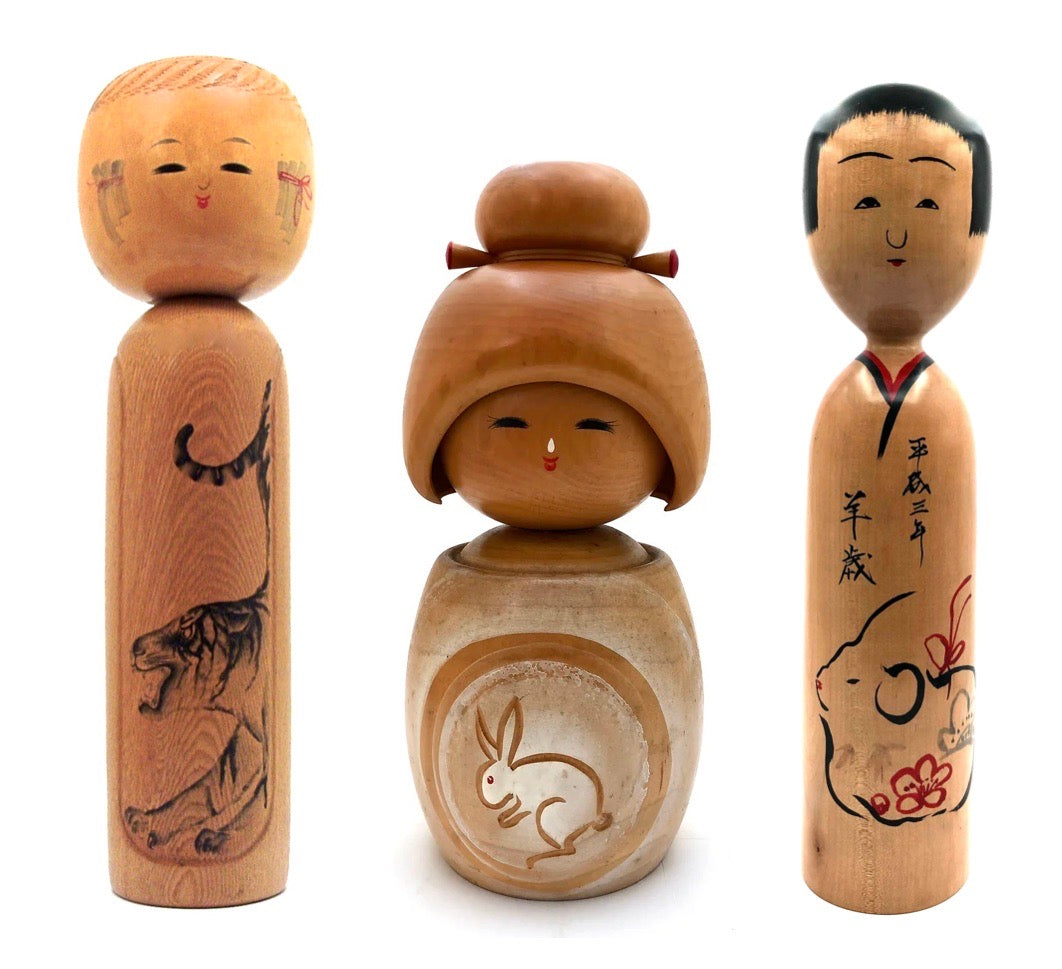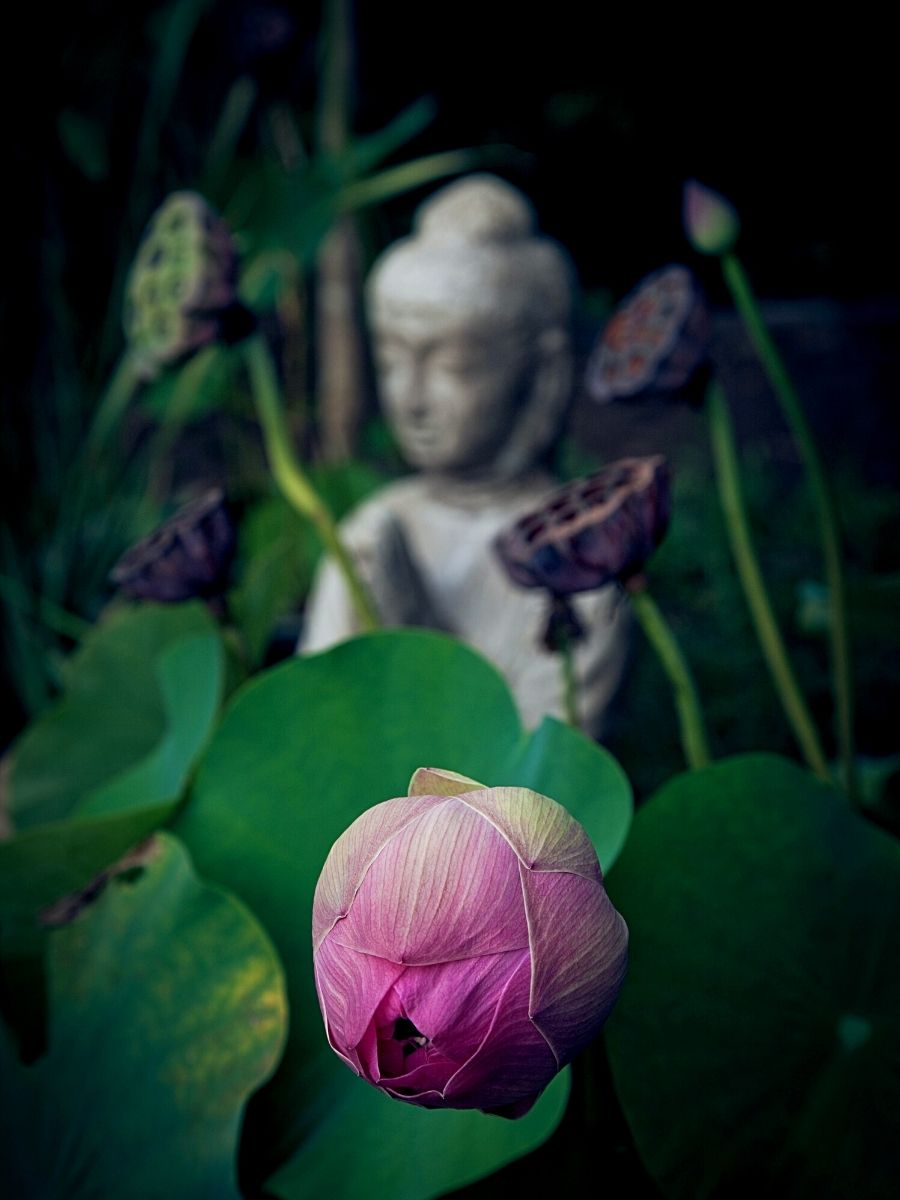Japanese Shinto and Buddhist wedding traditions have evolved significantly and focus not only on a less important meaning of the joining of families but also on a wider circle of friends and sharing romantic love. That is not to say the connections between families remain critical particularly related to economic growth and financial stability. The one aspect that has not changed is the Brides attire (an elegant pure white kimono called a Shiromuku symbolizing her willingness to be “dyed with the groom family color”, and honoring symbols of future success with a traditional color motif representing what it has always represented, “Fulfillment of the coupled desires and dreams”. The bride and the groom's emphasis is more focused on showing off the couple and emphasis on individual choice and equality. The ceremony relies heavily on themes of purification, and involves ceremonial sake drinking of three cups three times, the nan-nan-san-ku-do.
Great fashion and design are seen during the most important event referred to as the Nijikai (after party). In the Kimono this is the associated motif that is typically depicted on the body of each gown and typically rendered as the main graphic on Kokeshi. All brides and representations in the Kokeshi examples are “After Wedding Kimono - Uchikake”, which are always bright, happy, and decorative compared to the wedding Kimono which is typically all-white embroidered garments of white silk. Shinto brides typically wear this layered Kimono though Uchikake are often red, white, and black - all auspicious colors in Shinto- they may also feature other colors as part of their overall design.
The Shinto and Buddhist fashions represented in Kokeshi painted motifs symbolize all the elements that a bride could desire to be fulfilled during her marriage. Hair design is also a major feature for both the bride and Kokeshi figures depicting wedding figures. The most special hairpiece is referred to as a ‘Tsunokakushi’, made from a rectangular piece of cloth, often white silk, which covers the high topknot ‘Mage’ worked into the design. These types of headdresses were worn by brides in Shinto wedding ceremonies in Japan. The ‘bunkin takashimada’ is said to be worn to veil the bride's metaphorical horns of jealousy, ego, and selfishness, and also to symbolize the bride's resolve to become a gentle and obedient wife, and a prayer for marital accord. The ‘Wataboshi’ (cotton hood) headdress is standardly an all-white hood or cowl, and may also be worn as the Japanese equivalent to the Western bridal veil.
These celebratory Uchikake Kimonos have outstandingly decorated kimonos with the Crane (Tsuru) and clouds are the most popular graphic rendered and imply a wish for long life together and a symbol of a peaceful relationship. The Turtle (Kame), used symbolizes a long life together, and the bamboo (Take), for good fortune, strength, and resilience. The chrysanthemum (Kiku) crest for flower design is represented by more than 150 different patterns, and stands for the “reason for being”: what you love, your vocation/skills/talents, your contribution to the marriage, and what all the couples in the world need, “fulfillment”. Another less frequently seen image on the wedding Uchikake is the sea bream fish (tai), which symbolizes happiness and like the others carries auspicious traditional meanings associated with these animals. The rendering of soft gentle facial features when depicting the bride on Kokeshi is also critical and is represented with pink cheeks long eyelashes on closed eyes.
NOTE: The Kokeshi and associated image featured in this article is what is known as a Takasago, and is one of Japan's oldest folktales, that continues to be performed in the Noh Theater by the same name. The elderly man is called Jou and the elderly woman Uba, and as a couple, they are called Jotomba. This basic concept behind this beautifully rendered doll is depicted as an ancient couple, as the old woman sweeps away all the bad that was left behind, and the old man gathers in with his rake all that is good and desirable. Deeply devoted to life, the old couple passed away within moments of each other, and their spirits were transformed into pine trees: Jou a black pine, and Uba a red pine. This doll is usually a commissioned piece and given by the parents of the Bride to the couple wishing a long and deeply devoted life together.




